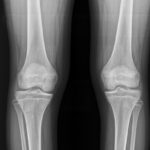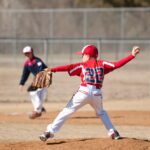What is the Growth Plate?

Anatomy Growth plates, referred to as physis or physeal plates, can be found at the ends of long bones in children and teenagers. These specialized regions of cartilage play a crucial role in the longitudinal growth and maturation of bones. Throughout childhood and adolescence, the lengthening of long bones occurs primarily through a gradual transformation process. Over the course of several years during adolescent growth, these cartilaginous regions undergo a gradual conversion into solid bone tissue, signifying the completion of the growth phase. The growth plate is composed of multiple … Continue Reading

